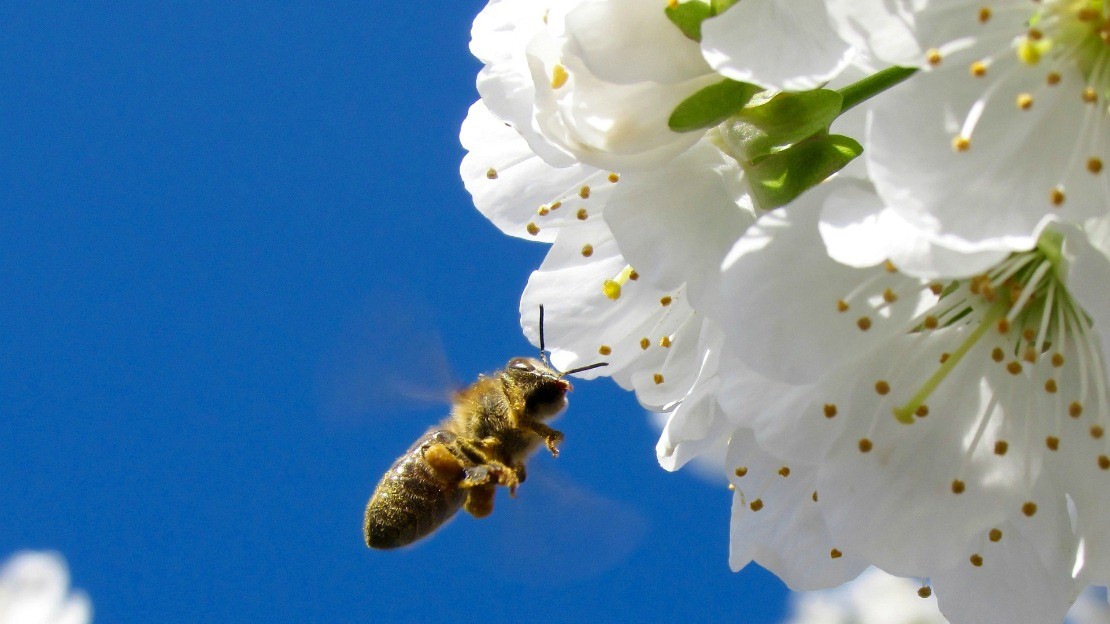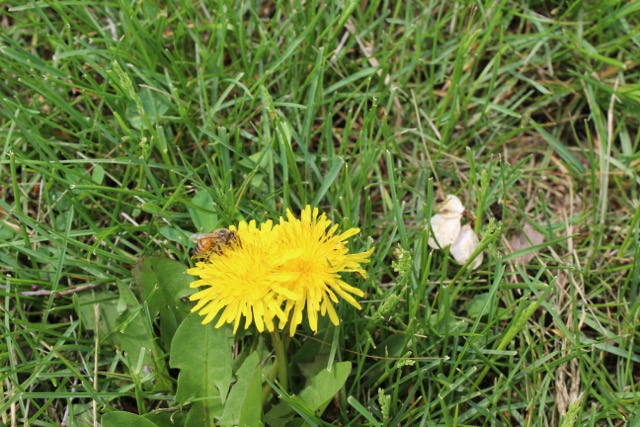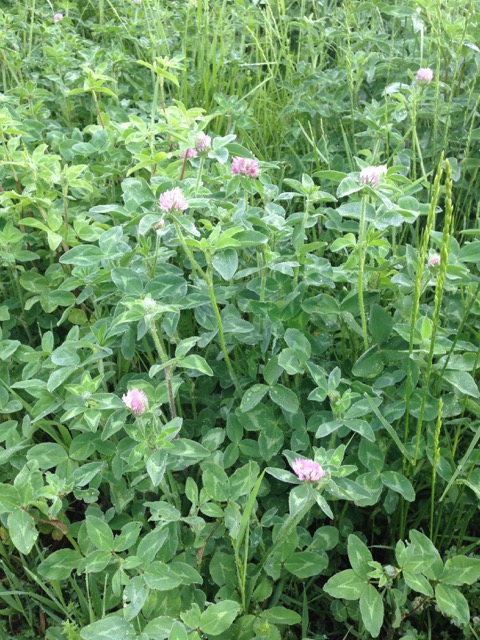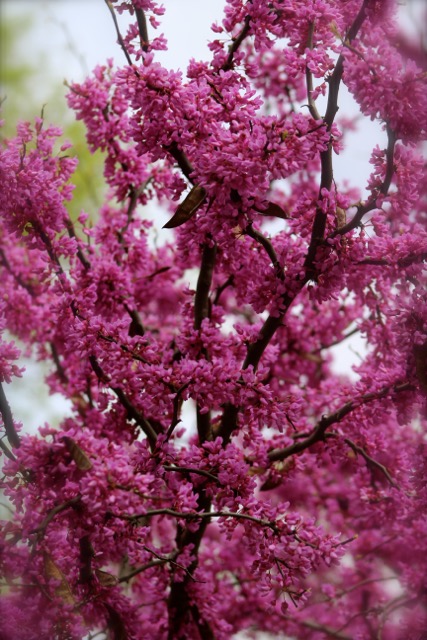
The Grass Isn’t Greener: Inviting Bees Into Your Yard
For bees and beekeepers, the sight of closely-cropped lawns bordered with rows of non-blooming shrubbery will never garner any votes for, “Yard of the Month.” Gone are the days when these boring patches of green are considered fashionable. Rather, we favor the yard dotted with bright, yellow dandelions and a variety of blooming native plants.
Inviting Bees In The Spring
Dandelions cheerfully announce spring’s arrival and provide an early source of nectar to bees that have survived the ravages of winter. No longer considered “just a weed,” dandelion blooms are an important staple of honey bee nutrition, often bridging the gap between the blooming periods of other major honey-flow plants.

Although not the most nutritionally dense, dandelions have a long, tubular stem that provides access to a source of nectar throughout the year. Their long taproots draw moisture and nutrition to the soil’s surface, and actually improve soil quality. Dandelions do not require pollination, but rather reproduce like the queen bee by the process of parthenogenesis, a form of asexual reproduction. These early nectar sources stimulate the queen bee to accelerate the production of brood and provide essential pollen necessary for the worker bees to resume storing honey.
Once spring is well underway, bees begin to search for other sources of pollen that include, but are not limited to, elm, maple, red bud, willow, tulip poplar, and fruit trees. One of my favorite activities is to stand under these early spring blooming trees as they vibrate from the activity of the honey bees working the blooms. It’s a sight to behold and one I never tire of seeing.

Summer Plants For Bees
As spring gives way to summer, the hive’s population begins to soar, increasing demand for major sources of pollen. And just in time, summer clover arrives, one of the major sources of nectar in North America. Clover that was once planted as a cover crop in fallow fields has now been relegated to highway ditches. Thankfully, plenty of clover makes its way into untreated lawns, and once again, an un-manicured front yard can become a rich source of nectar for honey bees and other major pollinators.
My husband seeds clover all over our property, and this year’s combination of moisture and an early spring has produced a bumper crop, one already being enjoyed by the bees and other visitors to our yard.
Other summer nectar sources include bee balm, sumac, sage, mint, locust, alfalfa, raspberry, and blueberry. Milkweed is another major source of nectar, as are rapeseed and soybeans. Milkweed is, of course, essential to the monarch population, too. Late summer and early fall plants include sunflowers, goldenrod, and asters—all favorites of the honey bee. Buckwheat is another source of nectar in fall. Its strong scent gives fall honey its rich, dark color. But, where the honey bee is concerned, clover is still king!

Save The Bees!
One of the many causative agents of CCD (Colony Collapse Disease) in the bee population has been directly related to the advent of mono agriculture. Vast acreage dedicated to a single crop does not provide the variety of blooming habitat necessary for pollinators to survive.
The honey bee is a critical lynchpin in our pollination cycle. One-in-three bites of all our fruits and vegetables are brought to you directly through the efforts of our native pollinators. It is our privilege to observe, interact, and work in tandem with these amazing creatures.
So plant clover and allow dandelions to bloom and grow with wild abandon in your yard. Plant wildflowers in your ditches and borders and educate yourself by learning about herbs and other blooming plants. Your life will be enriched, as will the life of our bees!
Rebecca O’Bea is a beekeeper and avid gardener from Kansas. A budding herbalist and student at HANE, she can be found most days knee-deep in compost and blogging about her daily life at The Bee Queen. Photos by Rebecca O’Bea, used with permission for this article.







